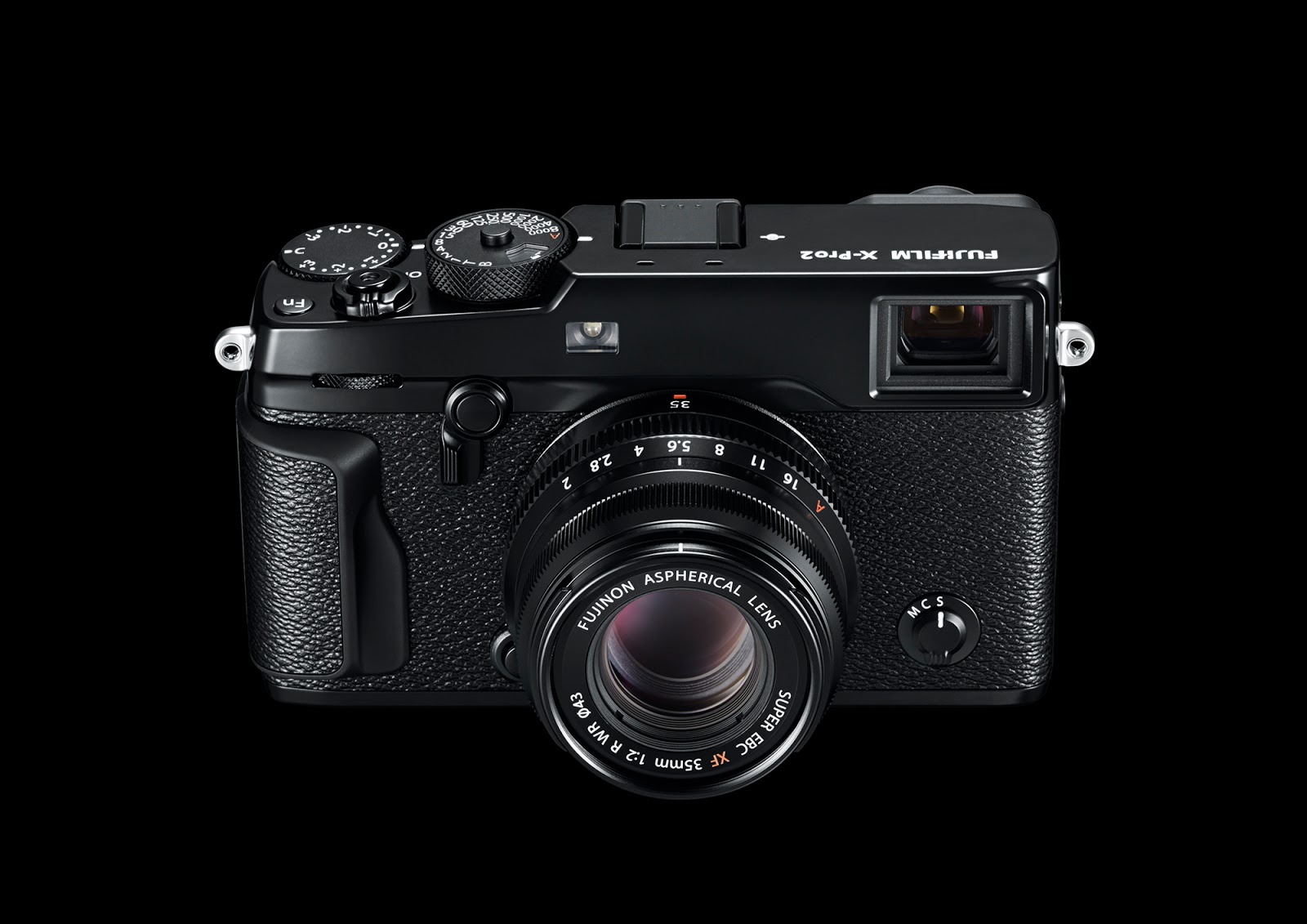


These are flagship components, but not new for Vivo-the company has used the latest Qualcomm SoC for years. The device I’m testing runs on the Snapdragon 888+, with 12GB of RAM. Apple and Samsung, having been tech giants for so long, are the two most notable phone makers to have their own chip. Not many phones have pulled this off, because making your own chip (as opposed to just buying one from an established chipmaker like Qualcomm) costs a lot of time and money. The samples above seem to back these claims up. According to Vivo, the V1 helps the phone reduce noise, and produce better HDR. And having its own dedicated chip gives phone brands more control over the entire image processing pipeline. This V1 chip handles image signal processing, essentially it’s the brains that registers what the eyes (camera lens and sensor) see. The difference this time is that the X70 Pro Plus runs on Vivo’s new proprietary V1 imaging chip. The magic for the X70 Pro Plus is not just its excellent 50-megapixel camera using a large GN1 sensor-that sensor has actually been used by Vivo for well over a year.

Vivo developed its own “brain” to process images But overall, the Vivo X70 Pro Plus’ cameras can go toe-to-toe with Apple’s absolute best and more than hold its own. The iPhone 13 Pro’s camera is still better at some areas like selfies and portrait captures. Of course, there’s much more to a camera than just capturing night landscape shots. Pay attention to the lights in the iPhone’s shot, they’re slightly blown out. In the trio of samples above, Vivo’s colors are more aesthetically pleasing, shots are a bit sharper if you zoom in, and the dynamic range is better. Vivo X70 Pro Plus (left) iPhone 13 Pro (right).


 0 kommentar(er)
0 kommentar(er)
